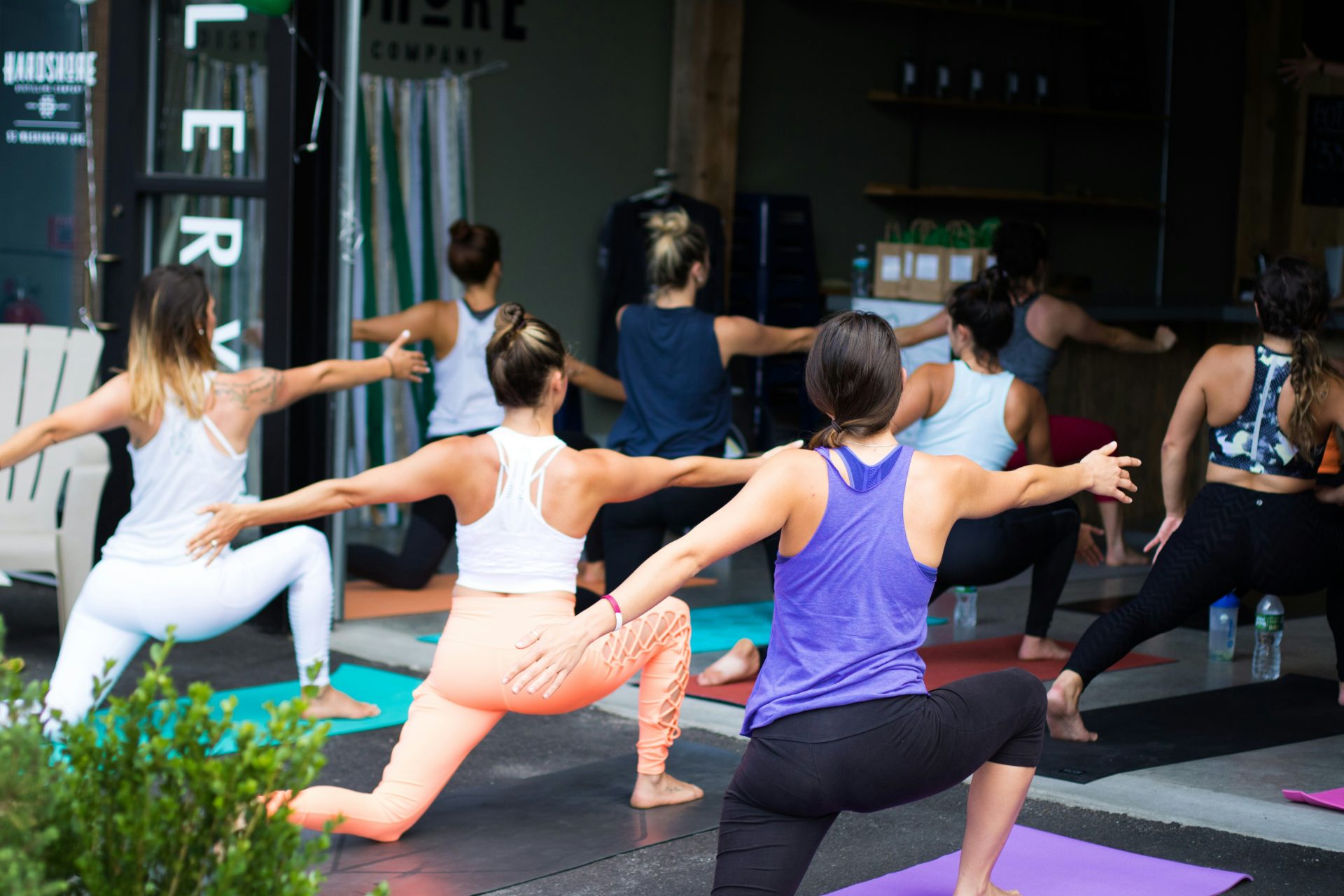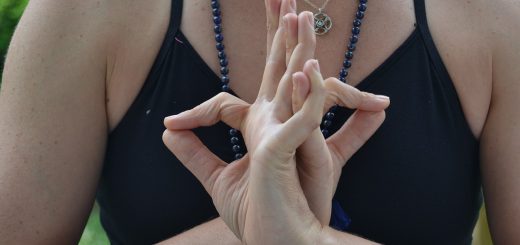Alignment Fundamentals in Iyengar Yoga

Before diving in, please note: This post is for informational purposes only. If you’d like to know more about how we approach topics, feel free to check out our friendly Disclaimer Page.
Hey there, amazing readers! 🖐️ Just a quick note: yes, we know there are a lot of ads here. Trust us, we get it—it’s not the prettiest look, but they help us keep this blog alive and kicking. Those pesky little ads cover the costs of all the behind-the-scenes magic, from hosting and tech stuff to creating content we hope you’ll love.
We’re committed to delivering quality posts, and your support (even just sticking around despite the ads) means everything to us. So, bear with us, and thanks for helping us keep the good vibes rolling. Now, on to the fun stuff! 😉
TRANSLATE BUTTON AT THE END OF THE ARTICLE
A Quick Overview
Iyengar Yoga is a form of yoga that focuses on precision and alignment in each posture.
Developed by B.K.S.
Iyengar, this practice emphasizes the importance of proper alignment to achieve physical, mental, and emotional balance.
Alignment in Iyengar Yoga is crucial for harnessing the full benefits of each pose and for preventing injuries.
By understanding the fundamentals of alignment, practitioners can deepen their practice and experience a sense of connection between body, mind, and spirit.
Understanding alignment in Iyengar Yoga
Alignment in Iyengar Yoga refers to the precise positioning of the body in each posture to achieve optimal physical alignment and energy flow.
It involves aligning bones, muscles, and joints in a way that supports the body’s natural structure and promotes balance and stability.
By focusing on alignment, practitioners can work towards improving posture, strength, flexibility, and overall well-being.
Importance of correct alignment
Correct alignment is essential in Iyengar Yoga as it helps prevent strain on the muscles and joints, reduces the risk of injury, and allows for a deeper exploration of the poses.
Proper alignment also enables practitioners to access the full potential of each posture, allowing for a more profound experience of the physical, mental, and emotional benefits of the practice.
By aligning the body correctly, practitioners can cultivate mindfulness and awareness in their practice.
Basic principles of alignment
In Iyengar Yoga, there are several key principles that guide alignment.
These include:
Creating a strong foundation: Grounding the feet and hands to establish a stable base.
Lengthening the spine: Maintaining a straight and elongated spine to promote good posture.
Engaging the core: Drawing the navel towards the spine to support the lower back and build strength.
Aligning the joints: Ensuring proper alignment of the knees, hips, shoulders, and wrists to prevent injury.
Key alignment cues in Iyengar Yoga
Some common alignment cues used in Iyengar Yoga include:
Lift through the crown of the head
Engage the legs and press into the feet
Draw the shoulders away from the ears
Lengthen the tailbone towards the heels
Softening the gaze and relaxing the face
Benefits of proper alignment
Proper alignment in Iyengar Yoga offers a multitude of benefits, including:
Improved posture and body awareness
Enhanced strength and flexibility
Increased balance and stability
Reduced risk of injury
Deeper connection to the breath and inner self
Common alignment mistakes to avoid
Some common alignment mistakes to avoid in Iyengar Yoga include:
Overarching or rounding the spine
Locking the joints
Collapsing into the pose
Holding tension in the shoulders or neck
Neglecting to engage the core
Alignment in different yoga poses
Alignment in Iyengar Yoga is crucial in various yoga poses, such as:
Tadasana (Mountain Pose)
Virabhadrasana I (Warrior I)
Adho Mukha Svanasana (Downward-Facing Dog)
Utkatasana (Chair Pose)
Sirsasana (Headstand)
How alignment enhances yoga practice
By focusing on alignment in Iyengar Yoga, practitioners can enhance their practice by:
Deepening the physical benefits of each pose
Cultivating mindfulness and awareness
Developing strength and flexibility
Promoting overall well-being
Connecting with the inner self
The role of alignment in preventing injuries
Correct alignment plays a crucial role in preventing injuries in Iyengar Yoga by:
Ensuring proper muscle engagement
Reducing strain on joints and ligaments
Promoting balanced muscle development
Improving body awareness and proprioception
Preventing overuse injuries
Alignment techniques for beginners
For beginners in Iyengar Yoga, some alignment techniques to focus on include:
Listening to alignment cues from the teacher
Using props (blocks, straps, blankets) to support alignment
Starting with foundational poses to build strength and awareness
Practicing mindfulness and body awareness
Seeking guidance from a certified Iyengar Yoga instructor
Advanced alignment concepts in Iyengar Yoga
Advanced practitioners in Iyengar Yoga can explore more advanced alignment concepts, such as:
Refining subtle adjustments in alignment
Working towards greater precision and detail in each pose
Exploring variations and modifications to deepen the practice
Developing a deeper understanding of the body’s mechanics
Incorporating pranayama (breath control) into alignment practice
Incorporating alignment into daily practice
To incorporate alignment into daily practice, practitioners can:
Focus on alignment in everyday activities, such as sitting, standing, and walking
Practice simple alignment exercises at home
Take alignment cues from Iyengar Yoga classes into daily movements
Set aside time for a daily yoga practice to work on alignment
Stay mindful of alignment throughout the day to maintain good posture and body awareness
Conclusion
Alignment fundamentals in Iyengar Yoga are essential for practitioners to deepen their practice, prevent injuries, and experience the full benefits of the practice.
By focusing on correct alignment, practitioners can improve posture, strength, flexibility, and mindfulness both on and off the mat.
By incorporating alignment principles into daily practice, practitioners can cultivate a deeper connection between body, mind, and spirit, leading to a more holistic and integrated yoga practice.

The Enlightenment Journey is a remarkable collection of writings authored by a distinguished group of experts in the fields of spirituality, new age, and esoteric knowledge.
This anthology features a diverse assembly of well-experienced authors who bring their profound insights and credible perspectives to the forefront.
Each contributor possesses a wealth of knowledge and wisdom, making them authorities in their respective domains.
Together, they offer readers a transformative journey into the realms of spiritual growth, self-discovery, and esoteric enlightenment.
The Enlightenment Journey is a testament to the collective expertise of these luminaries, providing readers with a rich tapestry of ideas and information to illuminate their spiritual path.
Our Diverse Expertise 🌟
While our primary focus is on spirituality and esotericism, we are equally passionate about exploring a wide range of other topics and niches 🌍📚. Our experienced team is dedicated to delivering high-quality, informative content across various subjects ✨.
To ensure we provide the most accurate and valuable insights, we collaborate with trusted experts in their respective domains 🧑🏫👩🏫. This allows us to offer well-rounded perspectives and knowledge to our readers.
Our blog originally focused on spirituality and metaphysics, but we’ve since expanded to cover a wide range of niches. Don’t worry—we continue to publish a lot of articles on spirituality! Frequently visit our blog to explore our diverse content and stay tuned for more insightful reads.






